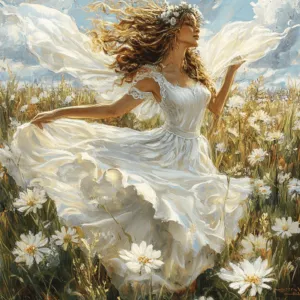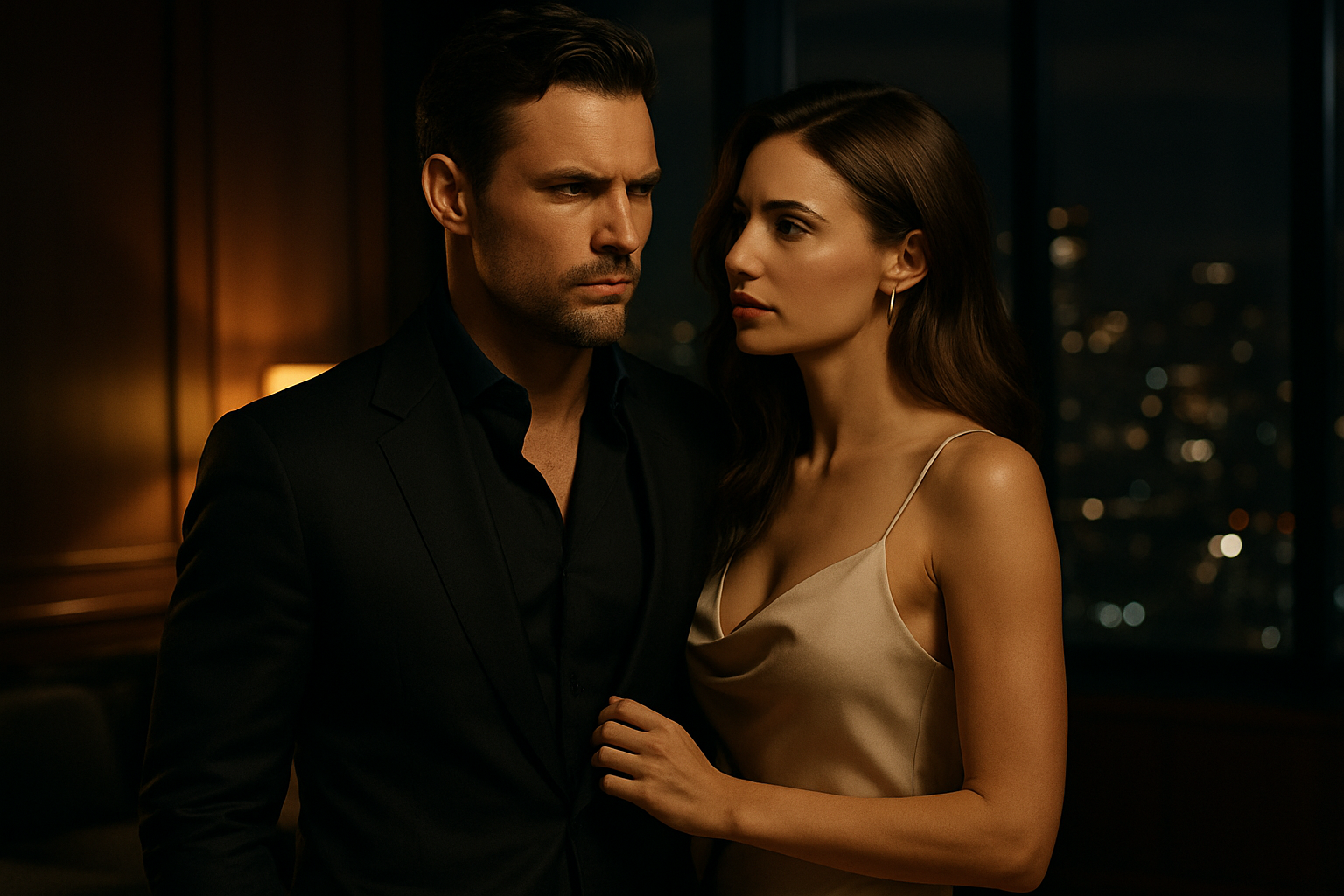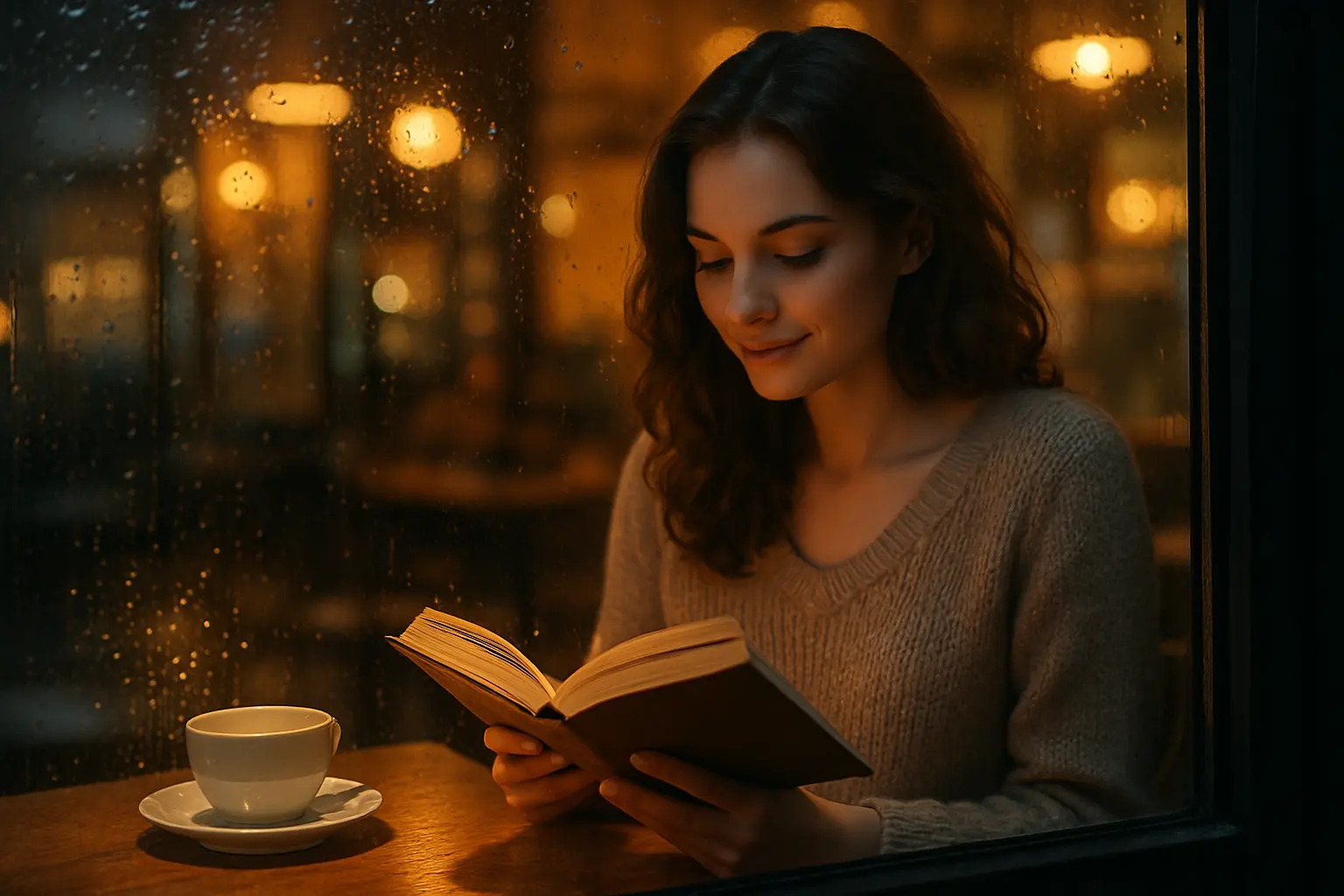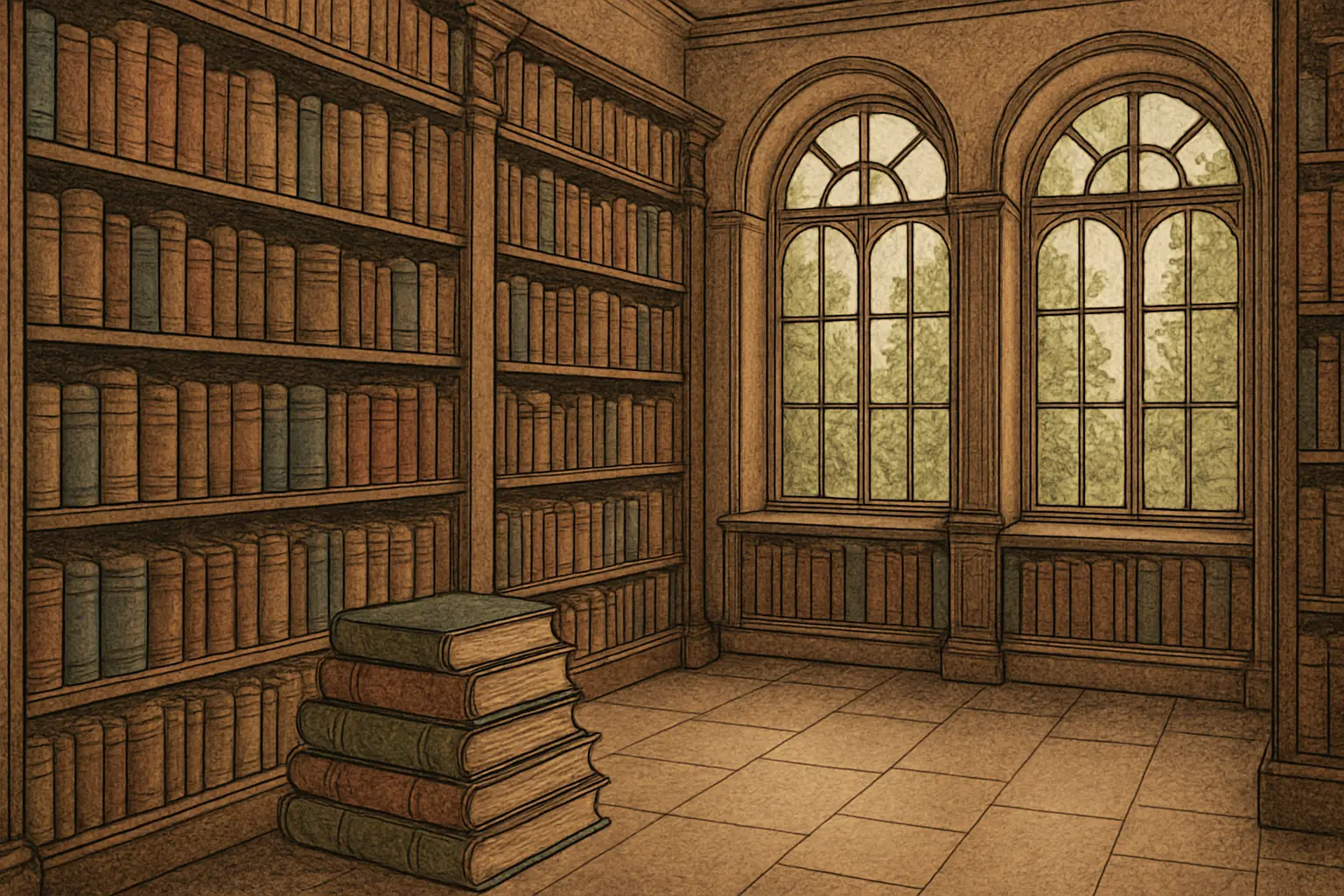The Meaning of “Fayre” in Romance Books: A Deeper Look
In the world of romance literature, the term “fayre” refers to characters inspired by traditional fairies from folklore and mythology. However, these characters are often reimagined and given a unique, modern twist in the fantasy genre. Far from the diminutive, whimsical creatures of classic fairy tales, fayre are beings of immense power, beauty, and mystery—perfect for drawing readers into enchanting, otherworldly love stories.
✨ Read Fayre Romance Books on Galatea ✨
What Makes Fayres So Captivating?
Fayre are no ordinary fantasy characters. They often possess supernatural abilities such as magic, immortality, and sometimes even ethereal beauty. These traits not only make them stand out in the fictional worlds they inhabit but also play a central role in the romantic dynamics of the stories they appear in. Whether they are portrayed as love interests, guardians, or antagonists, their magical nature introduces complex layers of intrigue and tension.
In romance books, fayre characters often embody the delicate balance between human vulnerability and immense magical power. This makes them uniquely compelling, as they can navigate the complexities of love while struggling with their otherworldly identities.
Traditional Fairies vs. Modern Fayre
In traditional fairy tales, fairies were typically depicted as small, winged beings who resided in forests or magical realms. They often played tricks on humans or granted wishes, sometimes being mischievous and other times benevolent. These fairies were seen as magical but typically weren’t portrayed with much depth or complexity.
Modern Fayre, on the other hand, are far more sophisticated in romance novels. They are often depicted as powerful, immortal beings who live in magical realms that are separate from the human world. These realms usually have their own systems of government, politics, and laws, making the fayre even more enigmatic and intriguing.
While they may resemble humans in physical appearance, they are endowed with supernatural abilities—strength, beauty, and otherworldly powers—that set them apart. Unlike traditional fairies, modern fayre are often depicted as mysterious, powerful, and sometimes even dangerous, making them ideal figures in intense, passionate love stories where their magical nature plays a pivotal role.
Why the Shift from “Fairy” to “Fayre”?
The change from “fairy” to “fayre” in contemporary romance books isn’t sudden, but rather part of a broader trend in the fantasy genre.
Fresh and Mystical Appeal: The term “fayre” carries an old-fashioned, mystical vibe that makes stories feel timeless and magical. This helps blend elements of ancient folklore with modern fantasy, creating a deeper sense of wonder.
Unique Worldbuilding: Many modern fantasy authors create their own intricate worlds filled with unique creatures, and calling them “fayre” helps distinguish them from the fairies of classic folklore. This allows authors to create more distinct, original stories that feel fresh and imaginative.
Standing Out in the Genre: The use of the term “fayre” also helps books stand out in a crowded market. For readers looking for something different from the usual fairy tale, “fayre” captures attention and piques interest, suggesting a more mature, complex, and exciting take on the fairy trope.
Common Traits of Fayres in Romance Books
In contemporary fantasy romance, fayres often have striking physical characteristics. They are frequently described as having supernatural beauty—flawless skin, luminous or uniquely colored eyes, and graceful, elegant features. Many fayres also sport pointed ears, adding to their otherworldly allure. Their beauty isn’t just skin deep; they may possess magical powers or enchanting auras that make them irresistible to those around them.
As for personality traits, fayres are often strong-willed, confident, and fiercely independent. Their magical nature can lend them an air of mystery and arrogance, as they are fully aware of their immense power. However, their personalities are far from one-dimensional. Fayres are known for their loyalty, honor, and a deep capacity for both love and ruthlessness, depending on the circumstances.
Despite their often cool or aloof exteriors, fayres are capable of intense, passionate love, which is one of the reasons they are so captivating to readers. They embody the complexity of a being who must navigate their own powerful identity while engaging in deep emotional relationships with humans or other magical beings.
Example of a Fayre Story: “Fayre” by Nicole Riddley
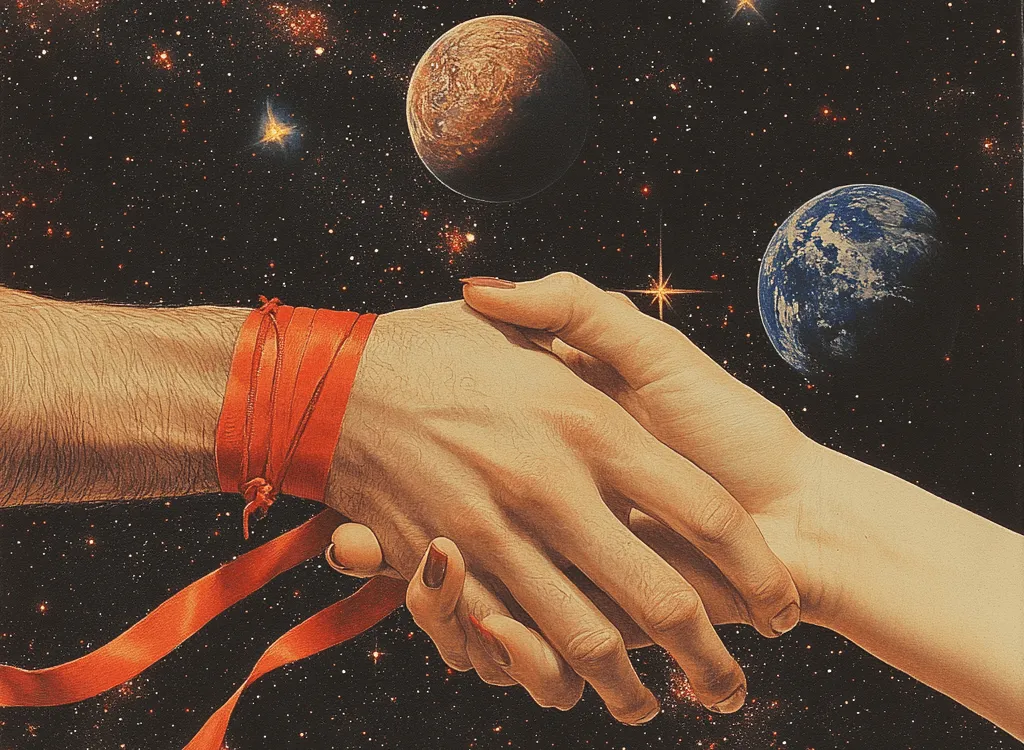
A standout example of a fayre character in contemporary romance is found in Nicole Riddley’s book Fayre. This story blends the traditional and modern elements of the fayre mythos beautifully.
In the narrative, a hidden world filled with magic, destiny, and forbidden love awaits the protagonist, Melissa. She discovers she is a fayre, bound by a magical vow to a man named Ciarán. The love story between Melissa and Ciarán transcends realms and explores the true depth of love between a human and a fayre, making for a thrilling read that appeals to lovers of fantasy romance.
Why Readers Love Fayre Romances
Fayres stand out in contemporary romance because they perfectly balance the mystical and the human. Their otherworldly beauty and supernatural powers create a sense of wonder, while their complex personalities—ranging from strong-willed to deeply passionate—bring them closer to the reader. This combination of magic and vulnerability, power and emotion, is what makes fayre romance stories so compelling.
Ultimately, fayre romances offer a refreshing twist on traditional fairy tales, providing readers with intense, unpredictable love stories that feel both timeless and fresh. As the genre continues to evolve, we can only expect to see more fayre characters capturing our imaginations.
Key Takeaways:
-
Fayres in romance books are modern interpretations of traditional fairies, often more complex and powerful.
-
The shift from “fairies” to “fayre” helps modernize and differentiate these characters, making them stand out in a crowded fantasy market.
-
Fayre characters are captivating due to their otherworldly beauty, magical powers, and multifaceted personalities.
If you’re looking for a love story that’s full of magic, mystery, and passion, fayre romances may just be the perfect genre for you.


